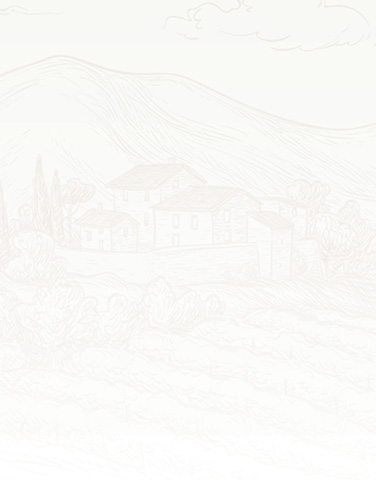Old Vs. New World Wines – What Is The Difference?
Wine terminology can be confusing, but once you grasp the distinction between Old World and New World wines, you’ll find your wine appreciation elevated to a new level! This knowledge not only enriches your wine experience, but also helps you to make more informed choices when shopping for wholesale wine.
First Choice Cellars is here to help you learn more about these two categories, shedding light on each and their key differences.
Defining Old and New World Wholesale Wines
Old World Wines hailing from the traditional wine-making regions of Europe, such as France, Italy, Spain, and Germany, carry a rich heritage and tradition that spans centuries, if not millennia. The term’ Old World’ is a testament to their strict adherence to long-established viticultural practices, evoking a sense of respect and admiration for these wines.
New World Wines on the other hand come from regions that started producing wine more recently, typically in the last few centuries. These include countries like the United States, Australia, New Zealand, South Africa, Chile, and Argentina. The New World approach to wine-making is often characterized by innovation, experimentation, and a greater emphasis on fruit-forward flavours.
Key Differences Between Old and New World Wholesale Wines
1. Terroir vs. Technique
- Old World Wines strongly emphasizes terroir, the unique combination of soil, climate, and landscape that gives the wine its distinct character. Winemakers in these regions believe that the wine should reflect the place it comes from. For example, Bordeaux wine is deeply influenced by the region’s gravelly soils and maritime climate.
- New World Wines focuses more on the wine-making process itself. Winemakers often use advanced technology and innovative techniques to achieve specific flavour profiles, sometimes leading to more uniformity in taste across different regions. A Napa Valley Cabernet Sauvignon might be noted for its robust fruit flavours and high alcohol content, achieved through meticulous vineyard management and modern vinification methods.
2. Flavour Profiles
- Old World Wines are typically more restrained and subtle, with higher acidity and lower alcohol levels. They often exhibit earthy, mineral notes and a balanced complexity. For instance, a classic Burgundy Pinot Noir might display delicate red fruit flavours complemented by a touch of the forest floor or truffle.
- New World Wines are usually bolder, with more pronounced fruit flavours and higher alcohol content. They tend to be more approachable and expressive, often featuring lush, ripe fruit characteristics. An Australian Shiraz, for example, might explode with rich blackberry and plum flavours accented by pepper and spice.
3. Regulations
- Old World Wines are subject to stringent regulations governing every aspect of production, from vineyard practices to labelling. These rules ensure consistency and authenticity but can also limit experimentation.
- New World Wines enjoys greater freedom to innovate with fewer regulatory constraints. This flexibility allows winemakers to explore new blends, techniques, and styles, often resulting in unique and unexpected wines.
From Tradition to Innovation
When selecting wines, whether for personal enjoyment or wholesale purchasing, understanding these differences can guide you toward the right choice for any occasion. Whether you prefer Old World wines’ nuanced elegance or New World wines’ vibrant expressiveness, both categories offer a wealth of delightful experiences!
Check out our fine wine wholesale selections at First Choice Cellars, and don’t hesitate to contact us if you want to learn more about these two categories or just want to chat about wine!
Blog posts from First Choice Cellars are for general information only. The content should not be considered as an encouragement to consume alcohol, and consumption should always be done in moderation by persons of age to do so. If you require guidance in selecting or understanding wholesale wine or spirits, please reach out to our team.







Share this: